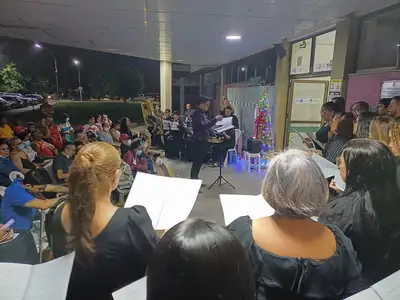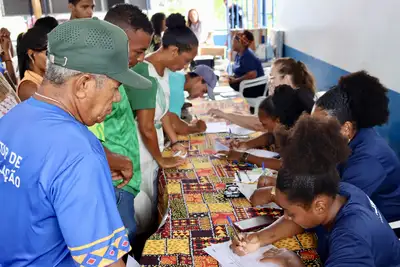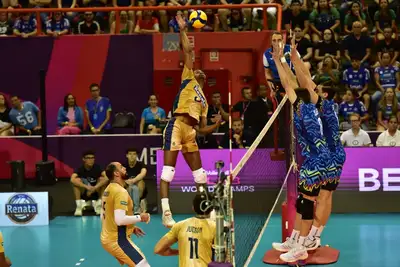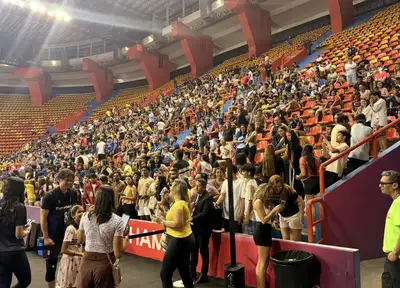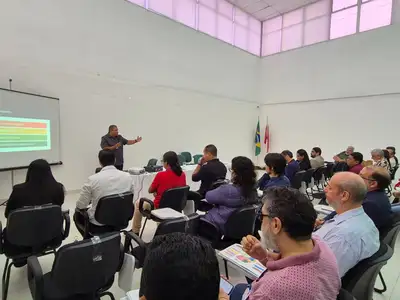Pará creates state program to combat wildfires and forest fires focusing on prevention and integration
Signed by Governor Helder Barbalho and published in the Official Gazette, the program establishes a broad approach that combines prevention, rapid response, and actions for the year 2025
The Government of the State of Pará established, through Decree No. 4,739, dated June 17, 2025, the State Program for Prevention and Combat of Wildfires and Forest Fires - the Pará Sem Fogo program, a strategic initiative to tackle wildfires in the Pará territory. Published in the Official Gazette of the State this Tuesday (18), signed by Governor Helder Barbalho, the program establishes a broad approach that combines prevention, rapid response, and actions for the year 2025.
The new state policy recognizes that wildfires in Pará are mostly caused by human action and takes into account that the use of fire has historically been linked to land management. Executed by the State Secretariat for Environment, Climate, and Sustainability (Semas) and the Military Fire Brigade of Pará (CBMPA), the program aims to promote integrated fire management, reduce the incidence and damage of wildfires, hold offenders accountable, and coordinate actions among state, federal, municipal agencies, and civil society.
Raul Protázio Romão, Secretary of Environment, Climate, and Sustainability of the State, explains that the program will also include firefighters to combat the fires. “We will carry out zoning to identify priority areas and, based on that, define the regions where we will concentrate our efforts. We will also form a structure of firefighters to combat the fires on-site, more quickly and efficiently, in addition to ensuring all necessary equipment for combating wildfires and forest fires, in partnership with the private sector and a network of state agencies,” explains the secretary.
Prevention as a priority - Among the main instruments of the program are fire management plans, the creation of forest brigades, a permanent situation room for monitoring hotspots, and zoning of the most vulnerable areas. The decree also establishes the annual preparation of an Operational Plan with goals and responsibilities for government actions.
The Pará Sem Fogo program also foresees educational actions in communities and schools, training of firefighters, use of real-time monitoring technologies, and encouragement of the replacement of fire use with sustainable agro-silvo-pastoral practices whenever possible.
Role of municipalities and the private sector - In addition to the state's actions, the decree assigns responsibilities to municipalities, especially those with conservation units or high fire risk, and to private agents, who must adopt preventive measures, provide information, and present their own fire management plans for the use of fire on their properties.
The program also articulates financial support through public funds, specific credits, international cooperation, and donations for the acquisition of equipment, in addition to encouraging the use of the REDD+ mechanism for reducing greenhouse gas emissions.
To coordinate actions and ensure the effectiveness of the measures, the decree creates Ciman-Pará — Integrated Multi-Agency State Center for Technical and Operational Coordination, formed by representatives from various secretariats and state agencies. Ciman-Pará will be responsible for approving the annual zoning, coordinating response operations, promoting transparency of actions, and articulating with the federal government.




